When you eat seasonal produce you will save money AND be healthier. Use this guide to learn why and how to eat seasonal produce! A great way to eat real food on a budget.
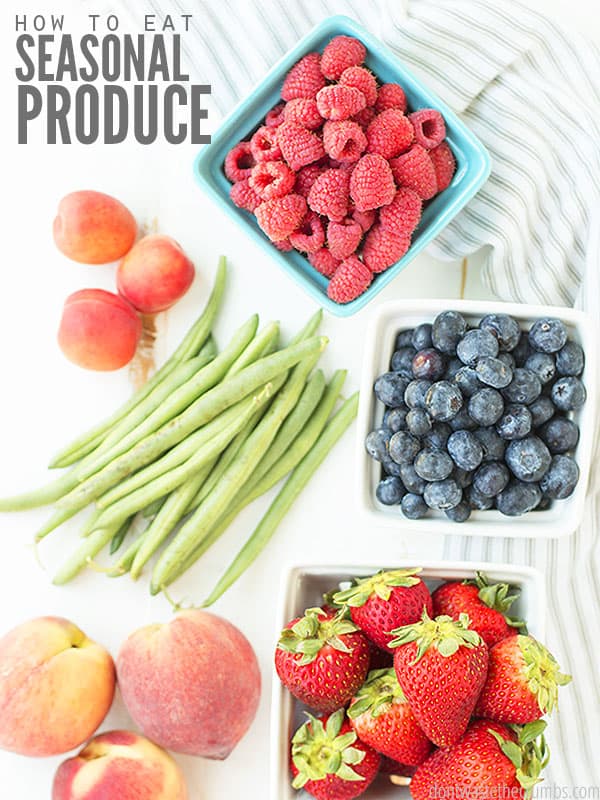
Could it be mere coincidence that the two foundational concepts of this blog – better food and saving money – are the exact same two reasons why we all should be eating seasonally?
All food that comes directly from the ground grows naturally in seasons. Each seasonal fruit and vegetable requires a certain temperature, a type of soil, and the proper amount of sunlight in order to grow effectively.
It explains why tomatoes don’t grow in snow and why snow peas do… hence their name. 😉
Modern science and technology allow us to eat foods from the grocery store outside their growing season. But there really is a better way to feed our families naturally ripened fruits and veggies in peak season.
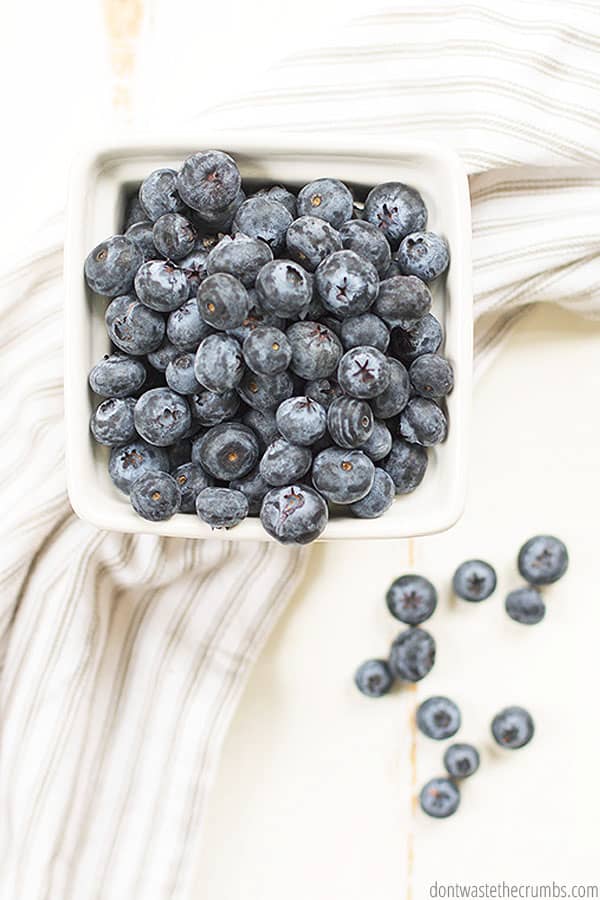
What are the Benefits of Eating Seasonal Produce?
1 – Why is seasonal food cheaper?
- It’s cheaper to grow, therefore cheaper to buy. The extra care required to grow tomatoes in hothouses with mounds of snow on the ground in January is passed onto us as consumers.
- When it’s affordable to grow, you can grow more. A greater quantity means the items cost less. It is the law of supply and demand.
- Seasonal food doesn’t have to travel. The cost of importing food adds up quickly, regardless if it’s imported from across the state or across the world. When we buy food that’s in season from local farms, those costs don’t exist!
2 – Better Food
- Food has the greatest nutritional content at its peak ripeness. What’s the point of eating the vegetables if they have very little nutrition? That’s what we’re doing when we eat food that was picked two months ago and kept in cold storage until our grocery store received its shipment and stocked its shelves.
- Seasonal food doesn’t require chemicals for preservation. The farmer doesn’t have to add chemicals to preserve the food for transit because it only goes a few miles to the next market. A simple wooden crate in cool storage does the job!
- Seasonal food tastes better. Strawberries picked off the plant are firm, naturally sweet, and delicious. Those that were forced to grow in a semi-temperate climate are dull and even mushy, which isn’t appetizing at all.
- Eating seasonally expands variety. When you eat more variety it means you eat more nutrients. Every vegetable is strong in a particular vitamin: sweet potatoes have Vitamin A (beta-carotene), Brussels sprouts have Vitamin K, and green beans, cucumbers & eggplant have Vitamin C among others.
Eating seasonally sounds great and all – on paper. But how do we actually do this?
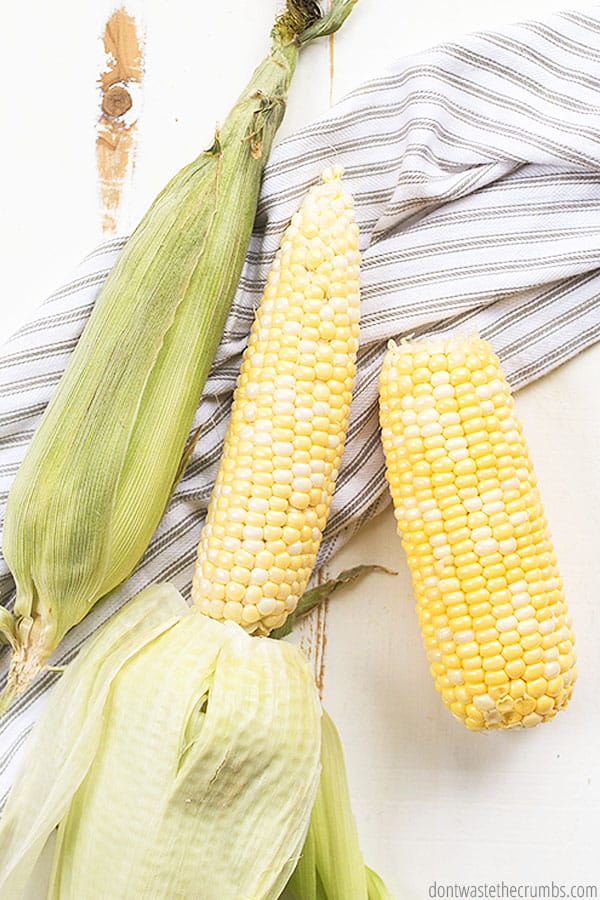
How to Eat Seasonal Produce
1 – Know what’s in season.
Get out of the house, visit local markets in your and see what they have – local farmers only display what they’re currently harvesting! LocalHarvest.org and EatWild.com are excellent starting points for finding markets in your area.
Here’s the Ultimate Guide to Shopping the Farmer’s Market on a Budget!
2 – Meal Plan for the Season.
Cream of asparagus soup, broccoli salad, and homemade tacos with a fresh salsa bar are not meals you’d ordinarily plan in January because none of the produce needed for those is in season.
Your meals don’t have to be exact but have a ball-park idea of what you can pick up at the market and use that as your basis for planning for the week.
3 – Shop the buy price.
Resist the temptation to buy foods that are more expensive just because they’re familiar. Apples are not in season in May, so any farmer who happens to have some will be charging a premium.
If you really want to track prices, utilize a price book to keep a record of the price changes!
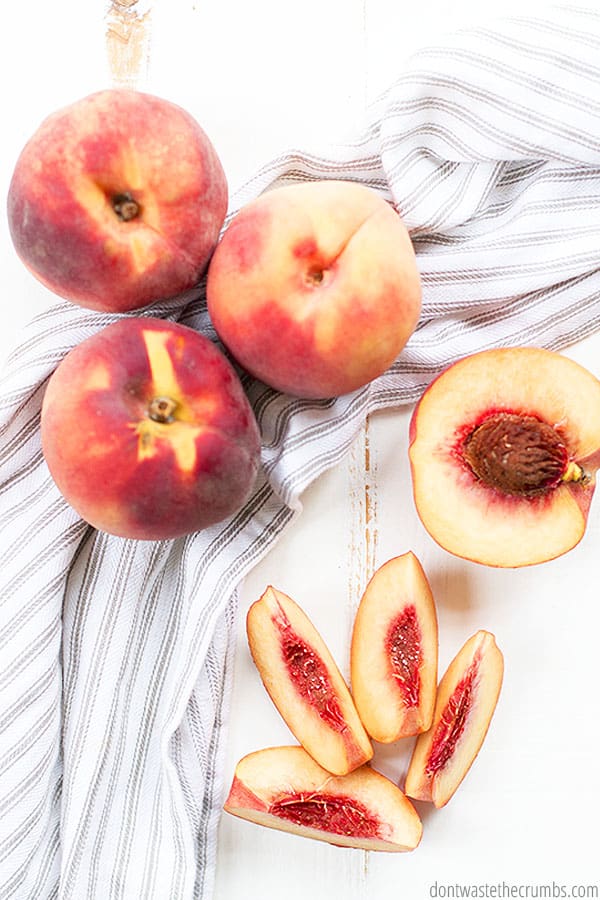
4 – Shop the rainbow.
More color means more nutrients. With each trip to the market, aim to pick up some produce of various colors.
5 – Bargain, gently.
Farmers are often willing to negotiate a little on price because you’re supporting local. Some farmers offer a CSA where you can get a box of fresh produce every week! Often, you pay upfront but the price per box is a better deal than paying for the equivalent each week.
6 – Buy enough for ten to fourteen days.
The foods at markets have not been sprayed to “maintain freshness,” so they will need to be eaten sooner rather than later. Another bonus of limiting the supply of fresh fruits and vegetables in the home to only what you will eat is that you are forced to restock again and will continue to eat seasonally!
Keep your produce fresh for longer using this guide to washing and storing.
7 – Supplement with local sales.
Ideally, your produce should come from local markets, but it’s inevitable that you will need or want something that the market won’t have. Check the local sales flyers to pick up produce like bananas, carrots, and onions – items that are inexpensive staples in many kitchens but perhaps not available in your area often.
8 – Buy extras at the end of the season.
Farmers will advertise when they’re selling the last bit of their crop. When they do, buy a lot, aim to shave a bit off the price, and preserve like a maniac at home. Also, make things like homemade applesauce and apple slab pie!
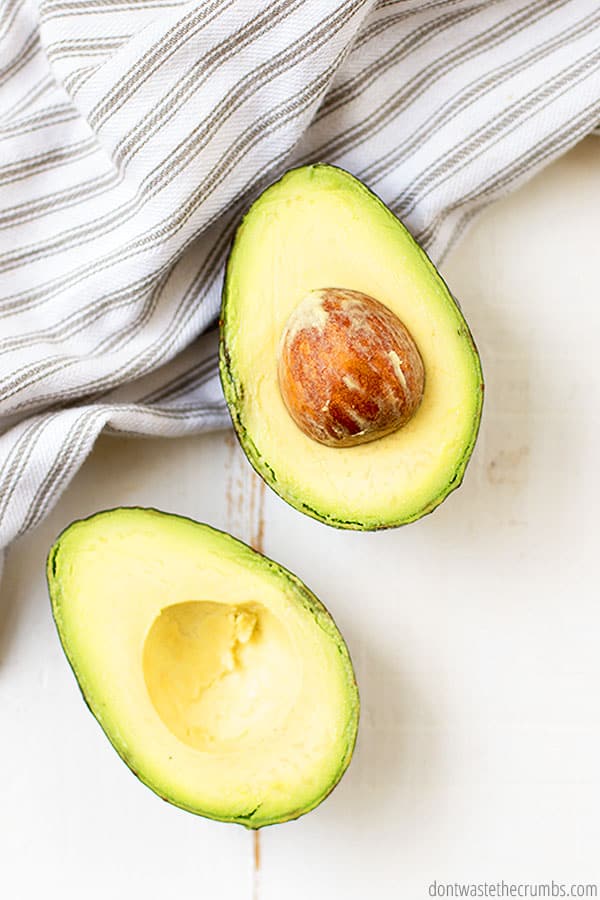
More on Eating Seasonal Produce
- Blanch your greens
- Dehydrate fruit, vegetables, and herbs.
- Can tomatoes and apple sauce
- Make tomato powder
- Make fruit butter or freezer jam
- Turn fruit into ice pops or freeze for smoothies
- Save vegetables for chicken stock
Most people think eating organic is expensive – not when you eat seasonally! And by using those 8 steps above, it’s really easy to implement. Follow these additional tips on saving on produce to make eating fresh on a budget even more feasible!
With the growing season in full swing, enjoy the fresh air and get to know your farmers. The markets are an excellent opportunity to try out new foods and to network with those who work the land.
Looking for raw milk? Ask someone! Looking for uncured pepperoni (like us)? Ask! Trying to find someone who can point you in the direction of grass-fed butter? Get social!
How do you eat seasonally?
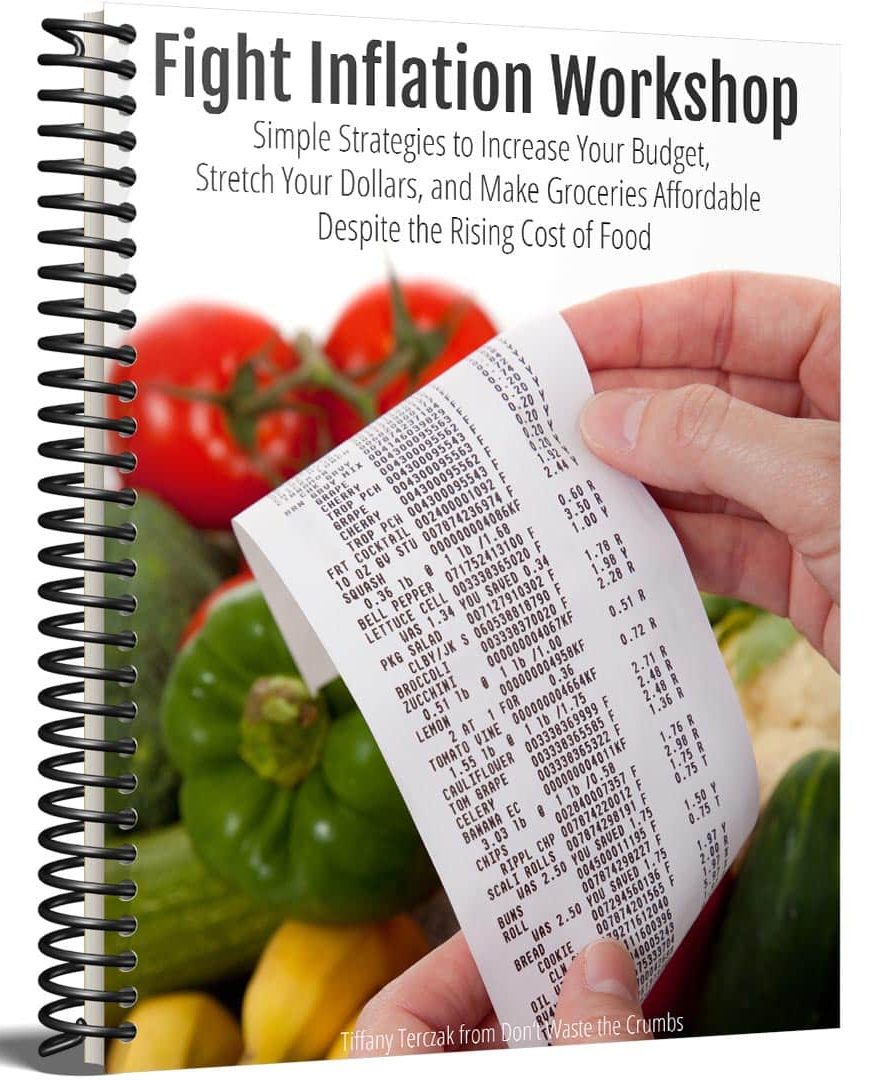


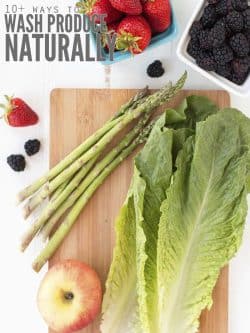
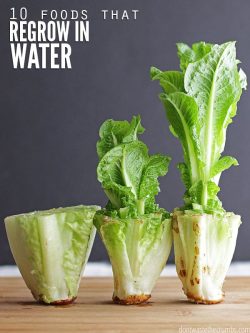


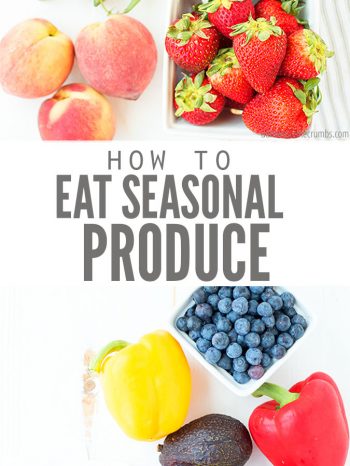
Wonderful news Kristy – thanks!
Great tips! I admit I don’t shop seasonally, but you make some great points on why we should. Thanks for sharing on Natural Living Monday!
Thanks Andrea!
I just go by what is on sale at the grocery store or at the Farmer’s Market. That is 99% what is in season.
We also participate with a local CSA. We love it. We started with a mini share and have now graduated to the larger size. I love taking my kids to the farmer’s market.
Christina,
I’d like to look into a CSA this year. There are a few in our area, but none have really won me over with their quantity for price (considering the kids LIKE going to the market and we’d end up just the same pocket wise). I am going to keep looking though, because I’ve heard so many great things about them! ~Tiffany
Yes I love eating seasonally. Where I live the growing season doesn’t start till May and there is no farmer’s markets till May either and my favorite produce stand doesn’t even open till July. It’s hard waiting sometimes 🙂 We have been eating only oranges and bananas since Dec. when the apples ran out. Well actually we cheated recently and picked up some pineapple,grapes,strawberries,and blackberries from Aldi’s. Oh wait we did freeze blueberries from last year as well and finished them up last week. Strawberries aren’t in season here until June so usually don’t wait that long and get some at the store,but obviously the fresh ones are way better. Would like to can to help the season last longer,but the supplies are way too much cost up front for us now. We have a glass stovetop so can’t get the cheapo canner,but instead have to get the $80 ones which doesn’t include clamps or jars or anything. So have been just trying to freeze some food which helps. Wish there was a way to keep fresh spinach year round 🙂
Gina,
Oh how I wish I could send you some produce!
Walmart carries canning jars for about $11 for a dozen, both pint size and quart size. If you have a 6-quart pot (like the kind used for pasta noodles), the pint jars will fit fine. A canning funnel helps, but certainly not required. You can also use tongs to get the lids and rings out of the hot water bath. So for $11 (plus tax), you can get away with canning as many fruits as you can!
I must totally be spoiled. I just assumed everyone could get fresh spinach all the time! Not even at a warehouse store like Costco? ~Tiffany
Ha-I wish you could too! That is such a great idea to use a stockpot. I do have a 6 quart one that I regularly use. So that would work with the pint jars-eh?-good to know. I guess I didn’t explain the spinach thing right. I can get fresh organic spinach at the store,but it’s not local and it costs a lot. So therefore I look forward to when it’s in season here because of the freshness and lower cost. Ok now that canning seems to be a possibility I’ll just have to get over my fear of doing it which means research time!
Tiffany,
Great article! We joined a CSA farm share for for many reasons (reducing the carbon footprint of our food and helping a small local business in addition to the great benefits of seasonal eating you’ve listed here).
If you’re shopping the farmer’s market for your weekly produce, I have a couple of suggestions.
If you find you’ve hit it off with a particular farmer, and you’re interested in putting up some of your seasonal abundance, consider asking that farmer to set aside some “canning” vegetables or “seconds” for you the following week. The farmer benefits because he/she can sell the not quite perfect produce, and you benefit because you get tasty food at a cheaper price. I mean, if you buy 40 pounds of tomatoes, some of them bruised or misshapen, and you’re going to can them anyway, it doesn’t matter if they are perfect before they go in the boiling water, you know?
I’m sharing this on my FB page–it’s good info. Thanks!
Those are great suggestions Kirsten – thank you so much for adding them to the list. Asking around for “seconds” is how I ended up with an abundance of apples one time that I was turning into apple butter anyway. I could have cared less how mis-shapen they were! Thanks for sharing with your readers! ~Tiffany